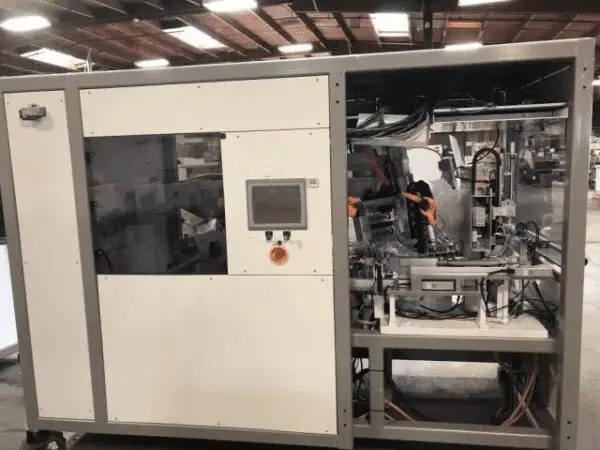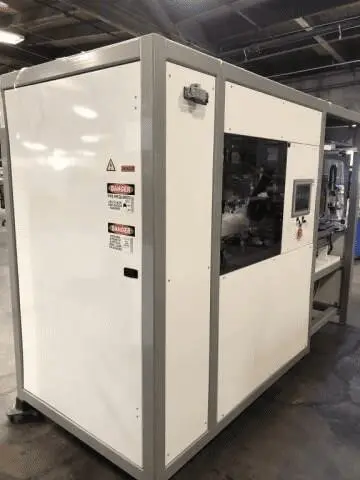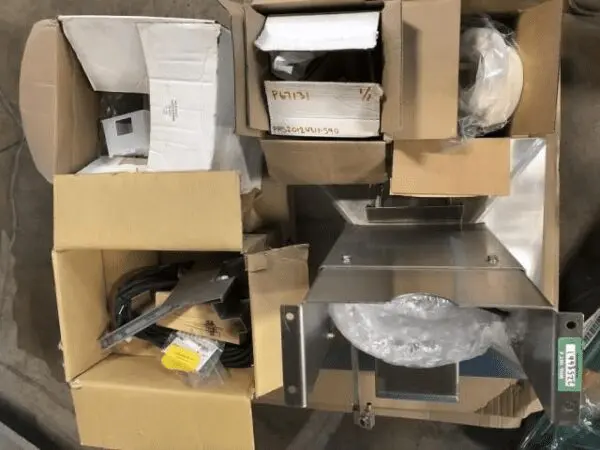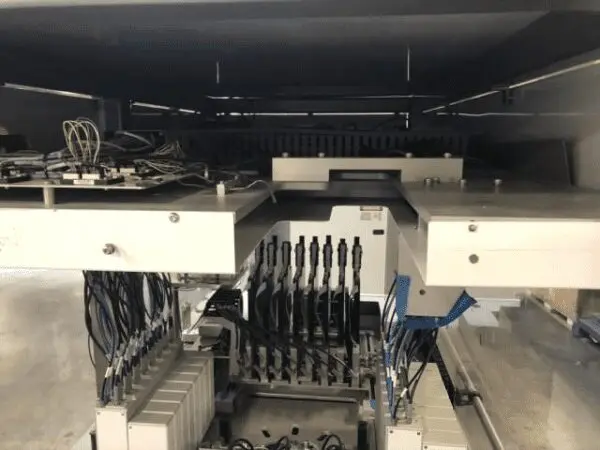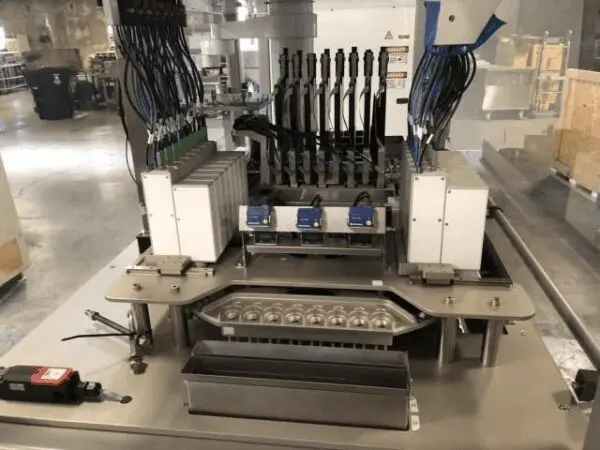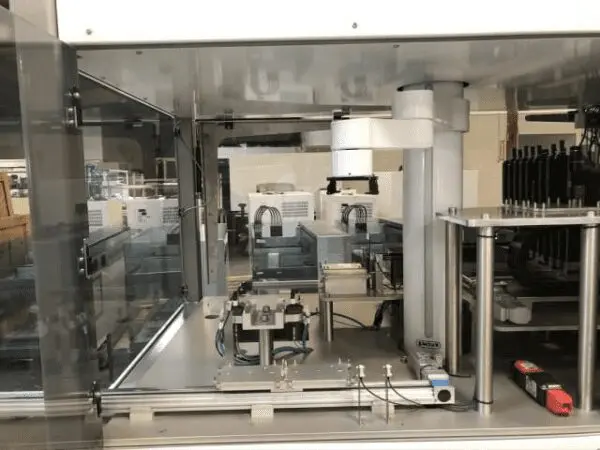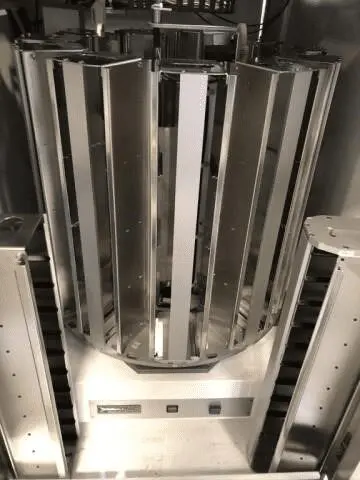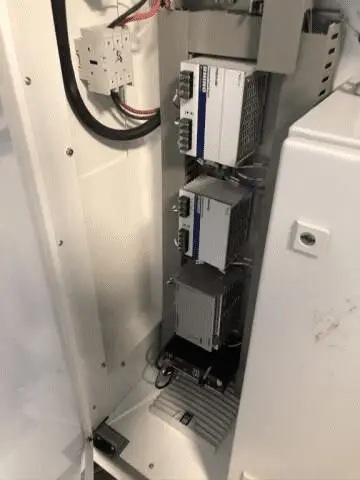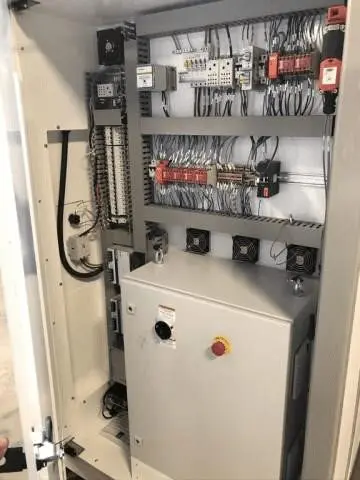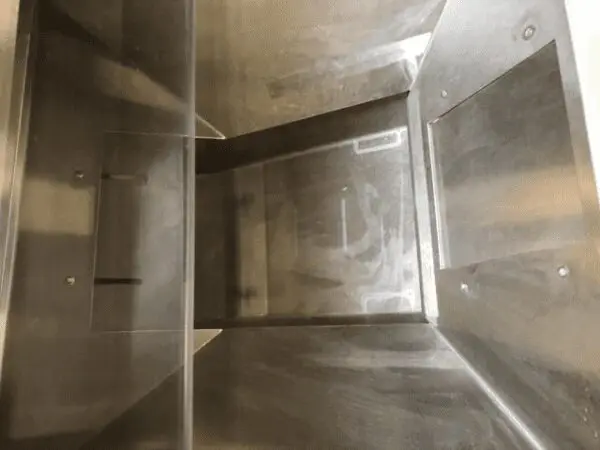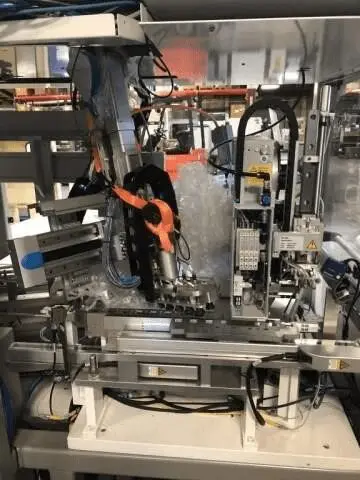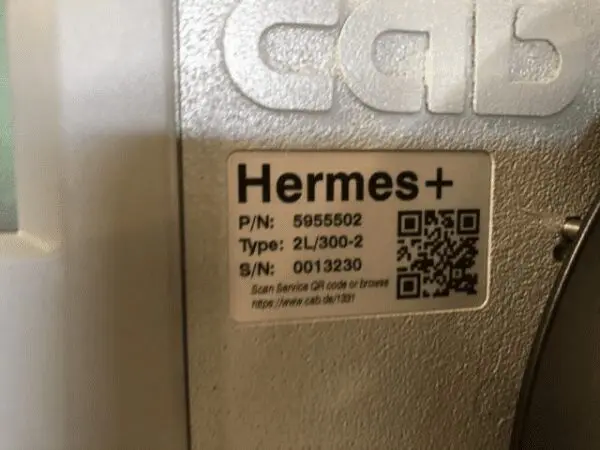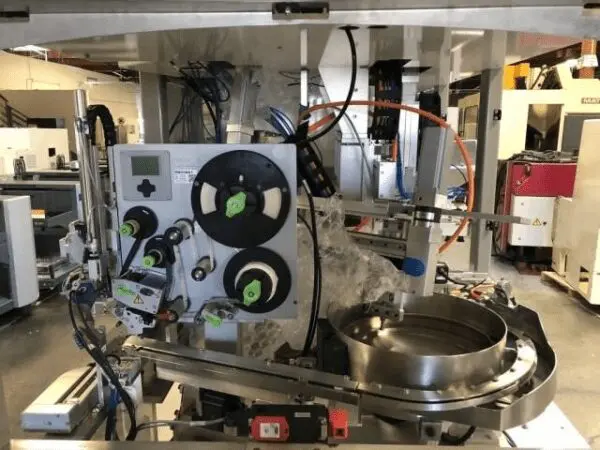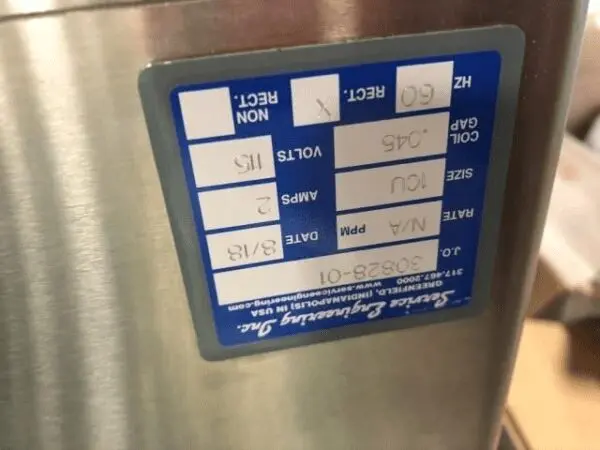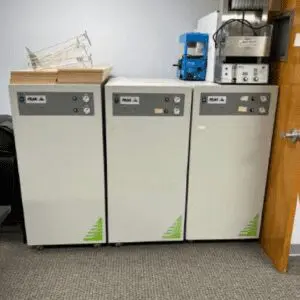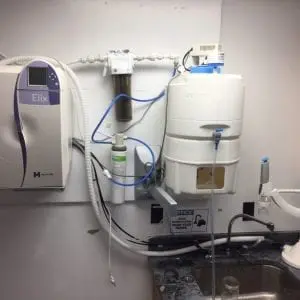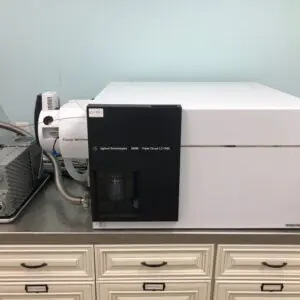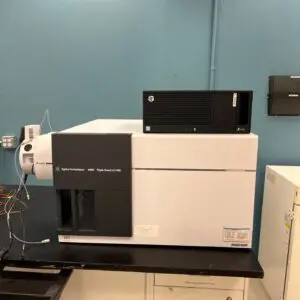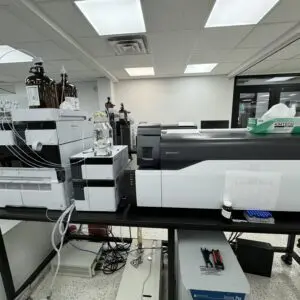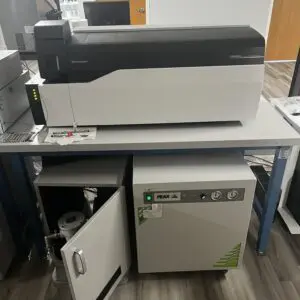Description
Intense Engineering Fully-Automated Tube Processing System (FA-TPS)
Intense Engineering Fully-Automated Tube Processing System (FA-TPS):
https://vimeo.com/446865075/51c0d5b001
- This link shows the 23andMe machine in operation and highlights key processing steps. Note, this video was shot when the machine was still in final testing so it is not operating at full production speed. The following is a description of what happens at each step and why:
- Tube Feeding: This is where sample tubes enter the system. Operators can simply dump them in the hopper. They are automatically oriented and transferred to the accessioning station.
- Cap Feeding: This is where caps enter the system. Operators can simply dump them in the hopper. They are automatically oriented and transferred to the label print/apply station. The 23andMe process required that the original cap on the sample tubes be replaced with a new cap and that the new cap had a label applied to it. This was to facilitate sample tube identification. After tubes are processed, they were placed in a cardboard box with dividers. The dividers allowed 120 tubes to be placed into a box standing upright – each tube in its own ‘well’. However, without a label on the cap, an operator might need to look at 120 tubes to find the one of interest. With labels on top of every tube, a barcode scanning system was used to scan all 120 tubes at one time and identify the tube of interest.
- Label Print/Apply: At this station, a label is printed and applied to the top of the new cap. Note, we selected a print/apply label applicator per direction from 23andMe. The unit we selected is design for high-throughput applications. However, the performance was occasionally problematic. Multiple labels would get applied or the labels would ‘jam’ inside the unit. Because of this, we have moved to using ‘cold lasers’ for marking systems. This systems are highly reliable, extremely fast, and require no consumables. We can talk more about this later.
- Accessioning: At this station the level is checked and each tube barcode is scanned. Following the barcode scan, the machine initiates a ‘barcode query’ to the lab information management system (LIMS). The level and barcode data are used to sort tubes into one of four bins as follows:
- Unreadable Barcode: If the sample tube barcode is physically damaged such that it is unreadable, the tube is segregated into a bin.
- Low Sample Level: If the sample tube does not have sufficient sample volume, it is segregated into a bin.
- Incomplete Sample Info: If customers send in a sample tube but have not gone online to provide all of the information required for processing, the tube is segregated into a bin ad the customer is notified that their sample cannot be processed until this information is provided.
- Do Not Test: If a customer sends in a sample and then decides they do not want it tested, they can go on line and indicate this and the tube will be segregated into a bin.
- Tubes that pass all these checks are therefore able to be processed. These tubes are not segregated – they advance to the next station.
- The last part of accessioning involves transferring sample tubes to the turntable. This is a critical step. Each tube barcode is scanned again and the barcode label of the corresponding cap is scanned. This allows the controls system to know where each tube is located on the turntable and creates a correspondence between the tube barcode and the cap barcode.
-
- De-Capping: As noted above, the sample tubes get a new cap. At this station, the original cap is removed and transferred to a waste bin.
- Sample Aliquot Transfer: 500 microliters of sample material is transferred from the sample to a microplate. As each sample is transferred, a digital plate map is created. The digital plate map data includes the microplate number, tube and cap numbers along with the location of the well into which the sample was transferred (e.g. C6).
- Re-capping: At this station, the new cap (with a label) is placed onto the sample tube.
- Microplate/Pipet Tip Transfer: This portion of the video shows various shots of automated microplate/pipet tip handling.
Additional videos:
- Full Process at production speed (approx. 1,000 samples/hour) – you can also see this at our website. https://vimeo.com/318900422
- Additional detail of the microplate/pipet tip transfer processes: https://vimeo.com/314916263
- Additional detail of the sample aliquot process: https://vimeo.com/314917900
Consumables: Here is a list of the consumables used by the machine.
| Description | Manufacturer/Part Number |
| Sample/process tubes | DNA-Genotek OG-500 “Oragene” saliva collection kit (P/N: OGD-500.001) |
| Caps | E&K Scientific (P/N: EK65729, or equivalent) |
| Cap Labels | Volk (P/N: X3937, 10 mm dia. poly label with all-temp. adhesive, 25mm liner with notch, 3″core, 10,000 labels per roll, specified for automation) |
| Thermal Transfer Ribbon for Cap Label Printer | Volk (P/N: FBWR1571476, matching ribbon, 1.57 in x 1476 ft) |
| Pipet Tips | Hamilton, 1,000 ul, non-sterile, normal bore (P/N: 235905, or equivalent)* |
| Pipet Tip Racks | Intense Engineering (P/N: 7000034, See Appendix B). |
| Microplate | (96 well, deep-well): Thermofisher (P/N: 4388476, or equivalent) |
| Microplate Labels | See documentation provided in Agilent Microplate labeler manual. |
This Intense Engineering Fully-Automated Tube Processing System (FA-TPS) is being sold “as is, where is” unless otherwise noted. It is encouraged that you inspect this equipment if possible.
Typically any warranty, service contract or license for the equipment is not transferable but may be under certain circumstances and will be explicitly stated in the listing. The written description provided for this equipment is what is being offered for sale. The photos provided are given to display the overall condition of the equipment and all items found in the photos may not be included in the sale. Some photos may be stock photos to get an idea of what is being offered for sale.
Any weights and dimensions provided in the listing are estimates so therefore you should not rely on them for the most accurate shipping quotation.
For more information on this Intense Engineering Fully-Automated Tube Processing System (FA-TPS) or other used laboratory equipment please contact us at sales@arcscientific.com or +1-857-237-5813.

